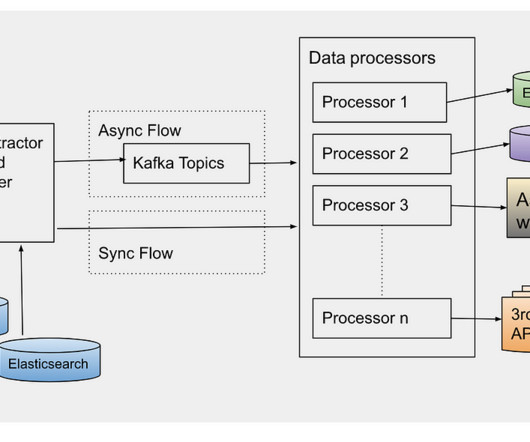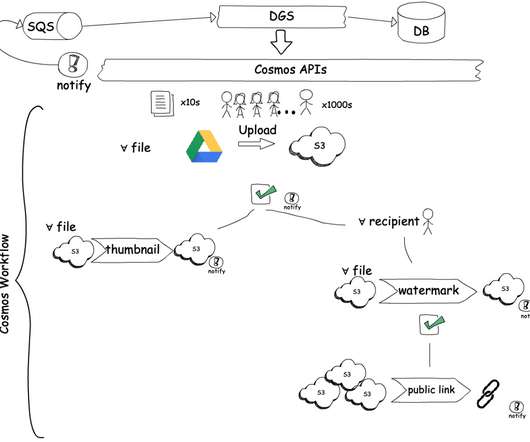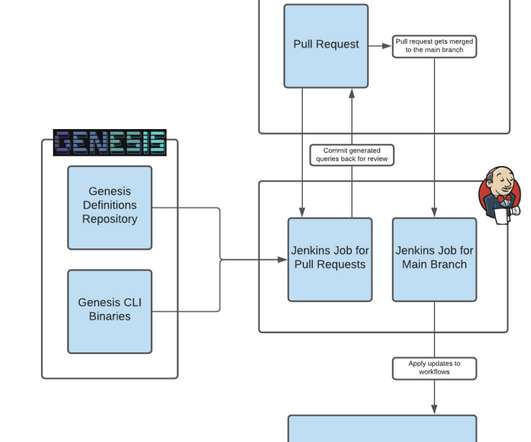Rebuilding Netflix Video Processing Pipeline with Microservices
The Netflix TechBlog
JANUARY 10, 2024
This architecture shift greatly reduced the processing latency and increased system resiliency. We expanded pipeline support to serve our studio/content-development use cases, which had different latency and resiliency requirements as compared to the traditional streaming use case.



















Let's personalize your content